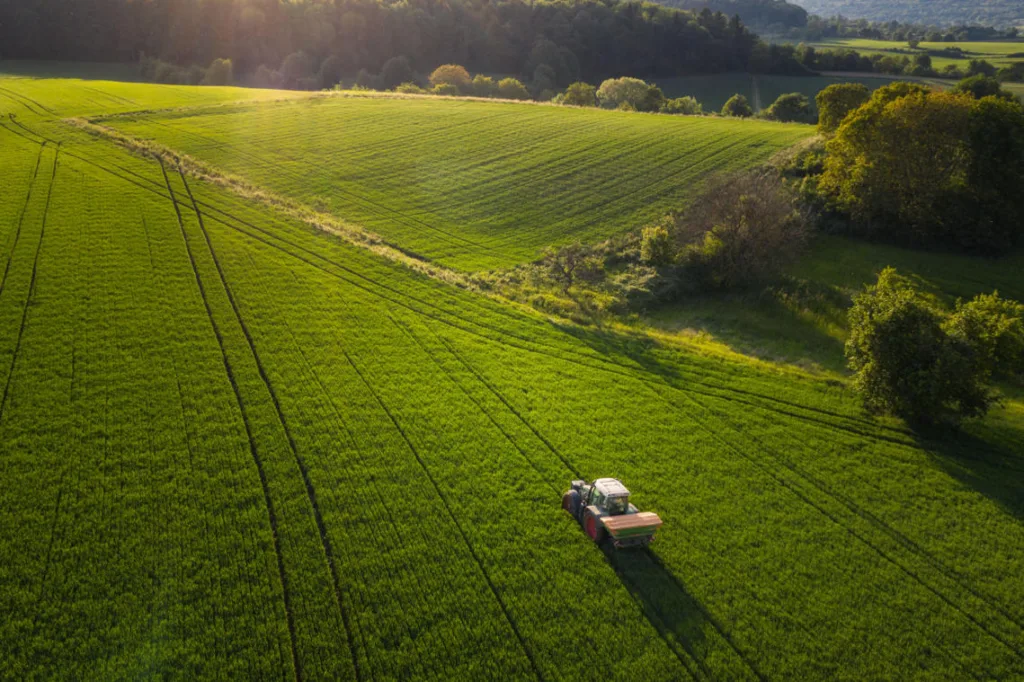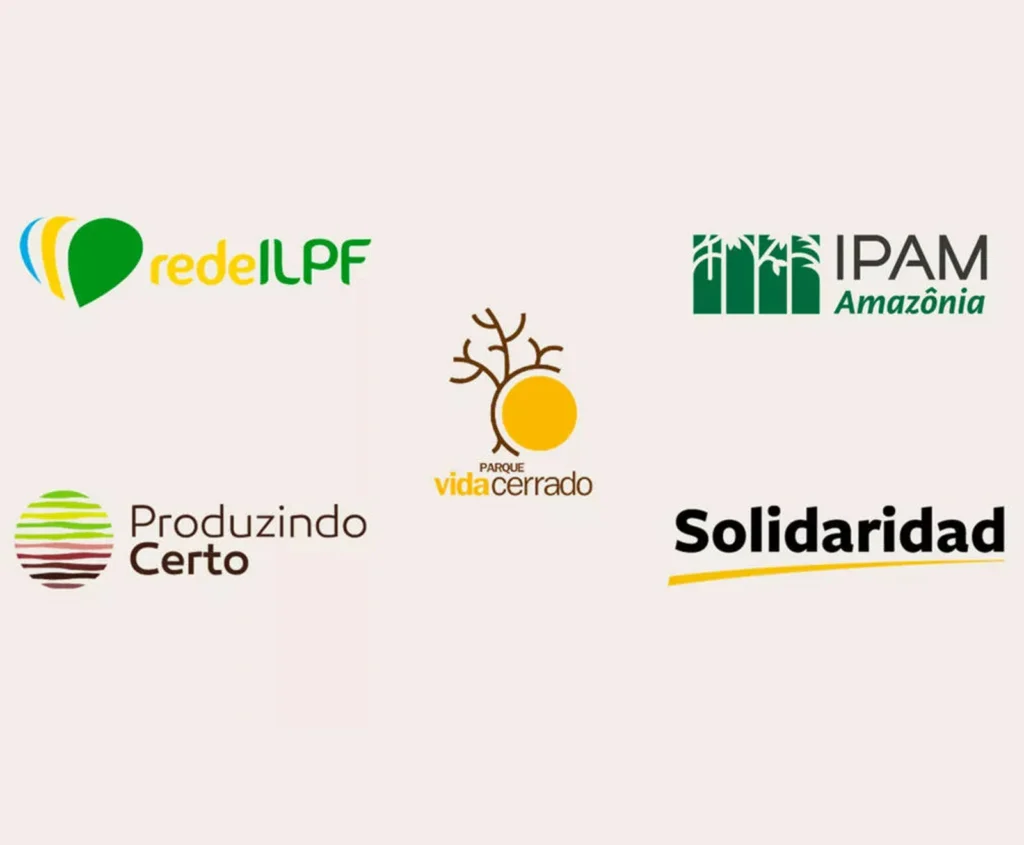Authors
Lawrence Haddad & Alison Cairns
It is World Health Day and the theme of 2019 is ‘Universal Health Coverage’. This blog is about food. How on earth do we square that? It is simple: what we eat is associated with more mortality and morbidity than any other set of risk factors. At the global level, 6 of the top 10 burdens of disease risk factors are diet related. For the vast majority of countries—rich and poor alike—risk factors related to poor diet dominate the top 10 lists. So we need to turn to healthy diets from sustainable food systems if we want to prevent death and disease and make universal health coverage affordable for families and nations alike.
This situation has emerged because one in three people are either not getting enough food to eat, or not enough of the right food, or too much of the wrong food. This is because nutritious food is becoming less available, less affordable and less desirable.
There are many reasons for these negative trends. Nutritious foods have not been favored by publicly funded agricultural research and development, so all the productivity gains have come in staple crops—vital for averting hunger, but not so essential if we want to increase the consumption of foods like fruits, vegetables, nuts, pulses, eggs, dairy, fish and poultry. Low-cost cold chain technologies have not developed as fast as necessary and so substantial shares of nutritious perishable foods are lost in harvest, transit and storage. Business models like Uber have not emerged in the food system space yet to disrupt costly intermediation. Big firms have not faced enough demand from consumers yet – although we see the green shoots of consumption trends toward more sustainable diets – or enough pressures from regulators or civil society to produce more nutritious and affordable foods. Smaller firms in the nutritious foods space have not received enough support to expand their sales at lower prices. Governments have been slow to switch from an obligation to prevent hunger to one of also nourishing human and societal development. Civil society has not yet been sufficiently outraged by the unaffordable nutritious food non-choices their most vulnerable populations face. And development partners have been too risk-averse when it comes to building an action learning programme around what works in the food system space.
If we could change these trends, not only would nutritious foods become more affordable, health coverage would too. For all people in all countries.
Dynamic alliances of governments, businesses, civil society and development partners are needed to change these trends. Working to a vision of sustainably improving the consumption of nutritious and safe food, these alliances need to form an irresistible movement, with all actors focused on finding ways to do 3 things:
- increase the demand for nutritious foods through creative new campaigns, underpinned by independent public science and private sector insight and imagination;
- support national businesses to shape their national food systems for nutrition via business development services and improved access to finance, and;
- incentivizing businesses – food and non-food companies – to do more good things for nutrition and to adopt stronger ‘do no harm’ approaches.
Actions to improve diet quality represent no-regrets multi-outcome investments. Indeed, food system interventions may, ironically, be one of the best hopes of realizing universal health coverage – sooner rather than later.
Lawrence Haddad, Executive Director, Global Alliance for Improved Nutrition (GAIN)
Alison Cairns, Director, Food Systems Transformation, World Business Council for Sustainable Development (WBCSD)
Related
Content

The future of food – How Kraft Heinz is working toward and contributing to a more sustainable food system
17 October, 2023

WBCSD joins the Nutrient Density Alliance
13 October, 2023

Farmer First Clusters: Partnerships for Sustainable Land Use in the Cerrado
27 September, 2023
